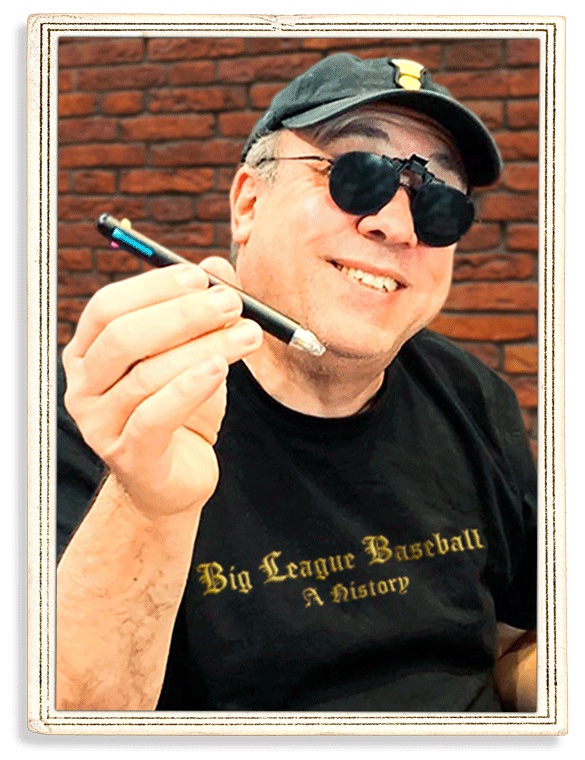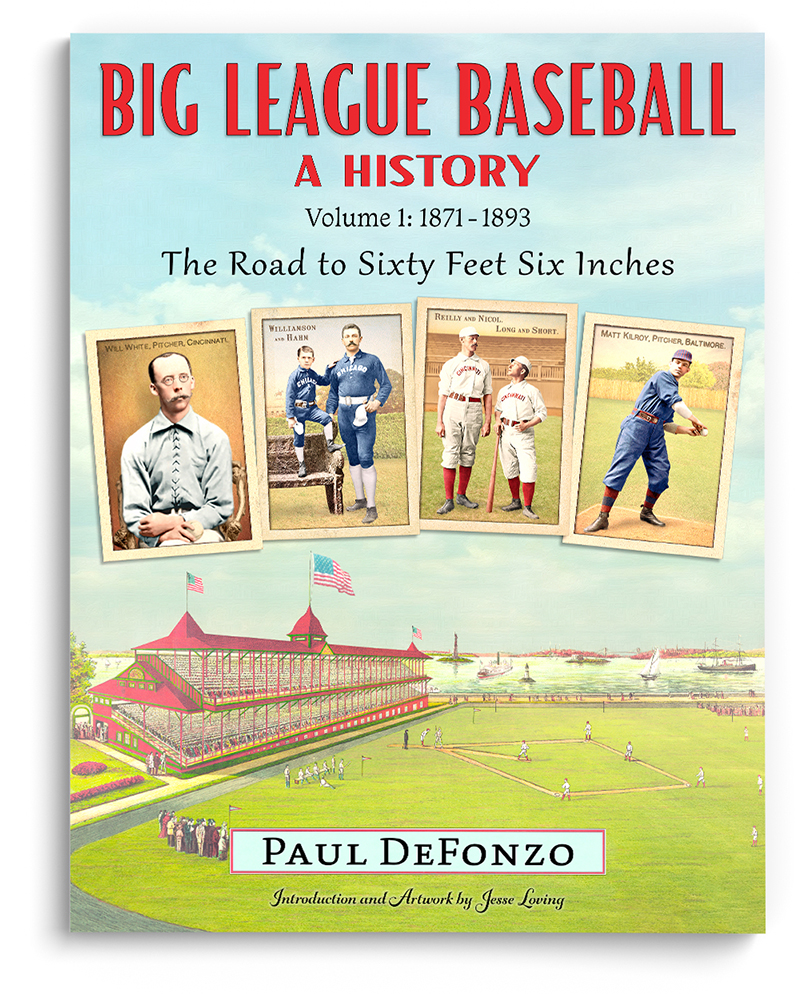
Every year as soon as the clock hits 0:00 during the fourth quarter of the Super Bowl — or as was the case this year when the winning team scores in overtime — it means one important thing:
It’s officially baseball season!
Sure, basketball and hockey are still going on, but for fervent baseball enthusiasts — like Paul DeFonzo — nothing beats the imminent start of spring training ahead of another MLB season.
DeFonzo, a Brooklyn native who grew up in Resurrection Parish, Gerritsen Beach, recently released a book detailing baseball’s early history. The 67-year-old retired U.S. Department of Justice immigration judge is a passionate baseball fan who began this journey years ago.
“Baseball has been and maybe still is America’s national pastime, and I’ve been a lifetime baseball fan and also very into history,” DeFonzo said. “It’s always bothered me that baseball has this vast history that nobody knows a thing about.
“Even hardcore baseball fans don’t know anything about what happened in the 19th century. I always felt it was my duty, my crusade, to bring this information back to the people so that they could appreciate baseball’s great history.”
DeFonzo played youth baseball growing up and shifted to track as a student-athlete at Xaverian H.S., Bay Ridge. He still holds the school record for the 440-yard sprint relay, which he set during his senior year in 1974 when his team won the CHSAA city championship. He went on to Fordham University and Brooklyn Law School.
From a young age, DeFonzo collected baseball cards. As a New York Yankees fan, he always hoped to open a pack to find the likes of Mickey Mantle, Whitey Ford, Joe Pepitone, or Tom Tresh. Collecting cards allowed him to stay updated with the teams around the country, since television and internet coverage were not as widespread as today.
He was lucky enough to go to World Series games in 1976 and 1977 — the latter of which was the famous Reggie Jackson three-home-run game that cemented him as “Mr. October” and clinched the title for the Bronx Bombers. He also attended World Series games for the Yanks in 1996 and 2003.
Currently, DeFonzo lives in Seattle. His 96- and 95-year-old parents are still active parishioners at Resurrection, and his younger brother, Guy, served many years as the executive director of the St. Thomas Aquinas, Flatlands, Sports Association in addition to running the annual Msgr. King Memorial Basketball Tournament at the parish.
The process for writing his book started in the 1980s when he bought his first “Baseball Encyclopedia” and realized there was so much information about the game and its history that he didn’t even know existed.
“I consider myself a baseball fan, and I don’t know anything about all of these players and all of this history,” DeFonzo said. “That’s where it started and slowly germinated over the decades. Now I have a book.”
The first volume of the book, entitled “Big League Baseball: A History, Volume I: 1871- 1893, The Road to Sixty Feet Six Inches,” covers baseball’s first years of organized play. It starts with 1871 since that was the inception of the first baseball league, commonly known at the National Association. As for 1893, that’s when the modern pitching distance was established at 60 feet, 6 inches.
Each chapter of the 8.5-by-11-inch softcover, 185-page book focuses on a singular year. Using an algorithmic formula, DeFonzo starts each chapter by listing the top players at every position based on advanced hitting, fielding, and pitching metrics. He then dives into that particular year’s pennant races, postseason outcomes, and evolution of rules.
The book also features 80 full-color illustrations of historical baseball cards reimagined and designed by Jesse Loving of Ars Longa Art Cards. It’s organized so that fans do not have to start from the beginning and can instead flip through to chapters they find interesting.
“I wanted to write a book that I would want to read,” said DeFonzo, who is already working on “Volume II: The Pitcher Strikes Back,” which runs through 1920 and focuses on how pitchers adapted to the mound changes and thrived during the “Deadball Era.”
Just like baseball is still America’s pastime — regardless of what NFL fans may say — researching the game’s history and sharing it with other devout baseball fans has become DeFonzo’s favorite pastime.
“Baseball is in our genes, and there are certain things we should know,” he said. “I guess I’m a baseball nerd, but those kinds of things really intrigue me. Who were the great players back then? I want to know.”
To purchase a copy of the book, visit: bigleaguebaseballhistory.com

